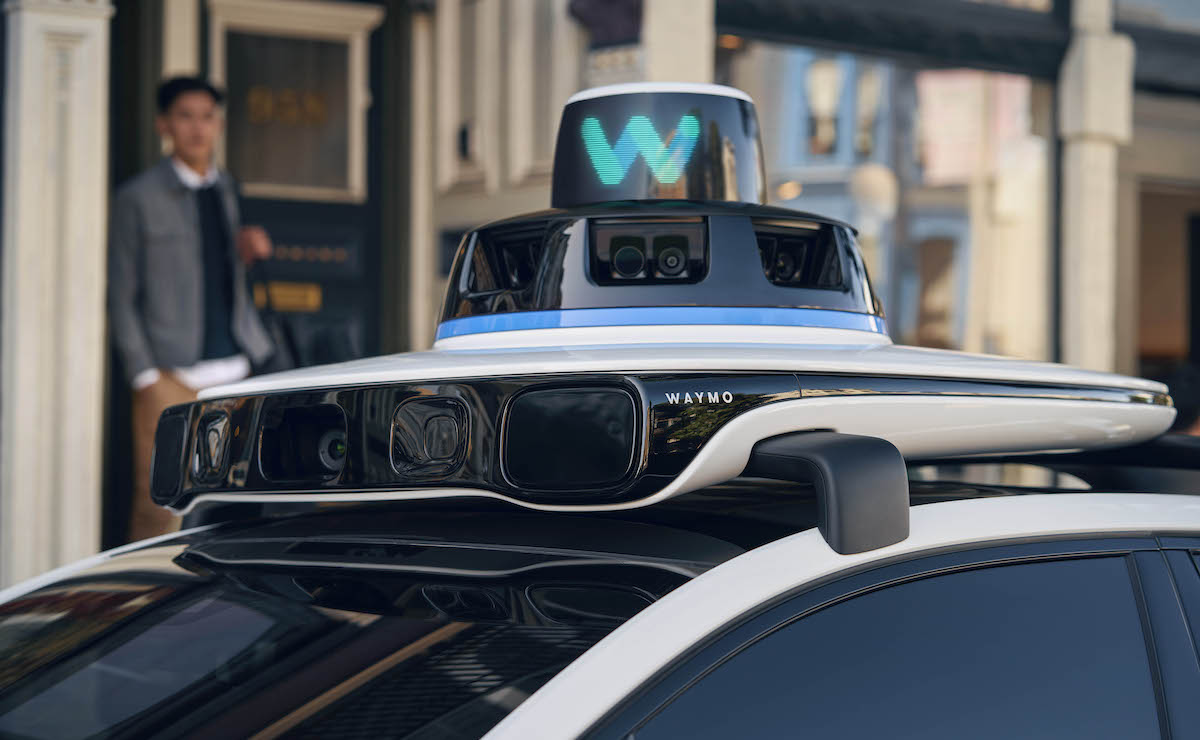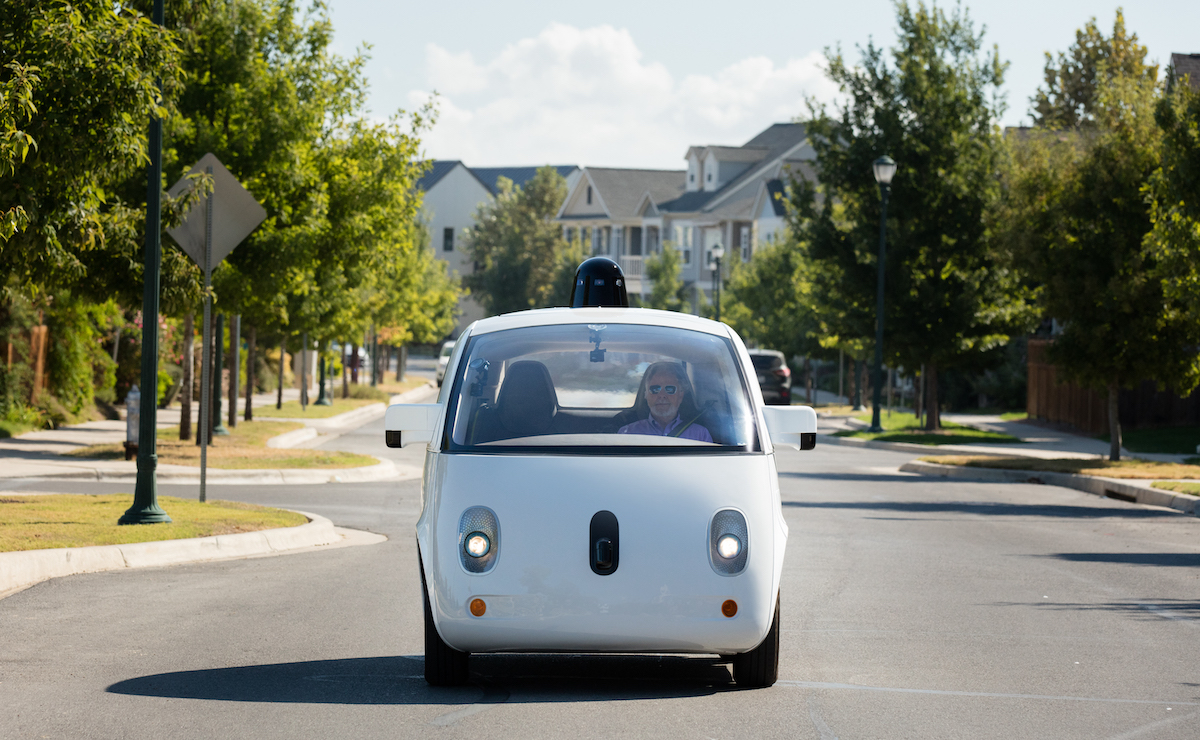In recent years, the development of self-driving technology is full of competition and chaos. However, there are several competitors clearly in the leading position. The one on the top is Waymo (an affiliate entity of Google). Although Waymo was only established for three years, its predecessor, Google Self-driving Car Project Team, started its operation more than ten years ago. It can be regarded as the pioneer of self-driving technology. Because of it, the experience accumulated is sufficient to domineer over all of the competitors in the technology circle or all the main car manufacturers. Even though its model of commercialization is still not clearly defined so far (they announced working with Renault-Nissan-Mitsubishi cooperation last year, but the details were not clearly specified), I still hope to share with you its outstanding technical performance here. In brief, the most important “System Security Proposal” in the design of Waymo self-driving system includes five aspects.
- Behavioral safety. It is related to driving decision and dynamic behavior of vehicles. Within the scope operational design of the system, all traffic rules, expectable cruise mode, or even unexpectable cruise mode must be considered.
- Functional safety. Even if there is an error or failure on the system, a back-up computing system is available to guide the vehicle to park in a safe place. In addition, it even has back-up devices related to vehicle safety, including braking, steering, and power supply.
- Collision safety (passive safety). When there is a car accident, the level of injury of occupant in the car is lowered to the minimal.
- Operational safety. Operational interface between occupant and the vehicle to ensure occupant can clearly instruct the driving destination, route, mode, and others as well as complete and clear human-vehicle interface communication, like “pull over to the curb”.
- Non-collision safety. The potential hazard of sensors and electromagnetic wave to occupant or maintenance technician may be considered.

Because Waymo follows above complete aspects of safety as the design outline plus its abundant experience in road testing, it brings no surprise that its self-driving mileage without human interference is in the leading position, ahead of the world. However, the mileage performance that Waymo achieved only advanced around 2000 miles (from 11000 miles to 13000 miles) compared to the performance in 2018 according to the 2019 California Highway Self-Driving Report published recently by the end of February. Cruise under GM, which is ranked the second, leaped from 5000 miles to 12000 miles and is not far behind Waymo. Such intense of competition was helpful for the promotion of the technology though, but the epidemic of COVID-19 forced the road testing of self-driving vehicles suspended. As a result, I think the progress of technology this year will be limited. At the same time on the other side of the earth, there are two teams rapidly accumulate their technical energy…

- Baidu Apollo Platform. The main self-driving technology providers and key car manufacturers in the world have all joined the self-driving platform supported by China government or played essential roles in the supply chain. Based on my observation and speculation, the technical level of Apollo Platform is likely to overtake and become the top one in the world within next three years.
- Non-profit organization Autoware Foundation (its members include several dozens of companies or academic units, like Toyota, LG, Huawei, key LiDAR manufacturer- Velodyne, Nagoya University, and Intel; Industrial Technology Research Institute in Taiwan is also one of them). The organization established at Nagoya in 2015 claims possessing biggest open-source code for self-driving technology in the world. It is worth paying attention to how these members can work together and bring out the greatest performance in the future!